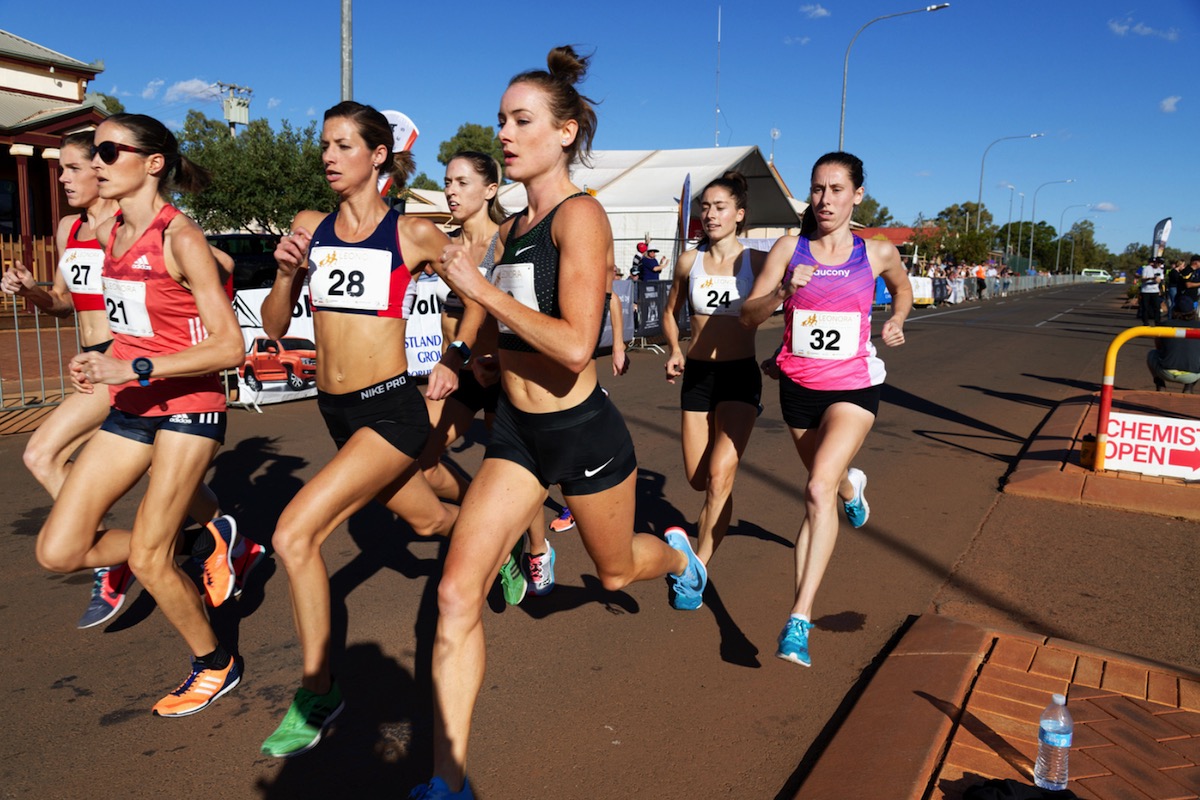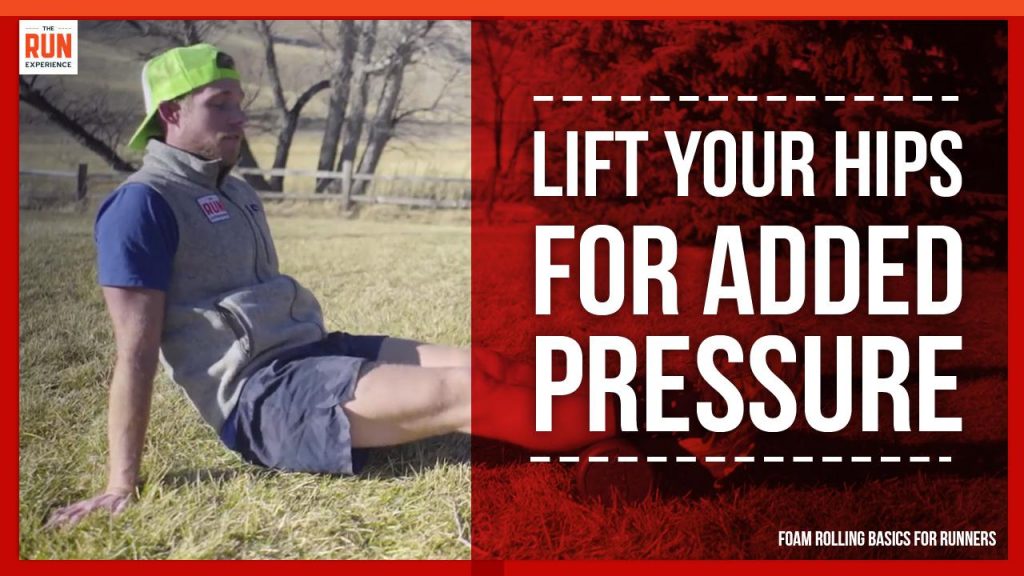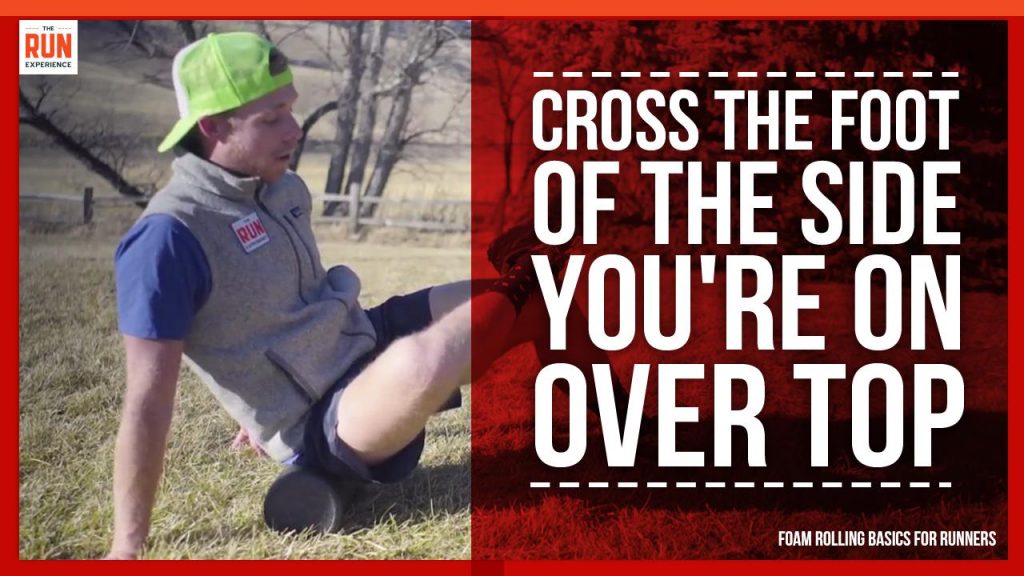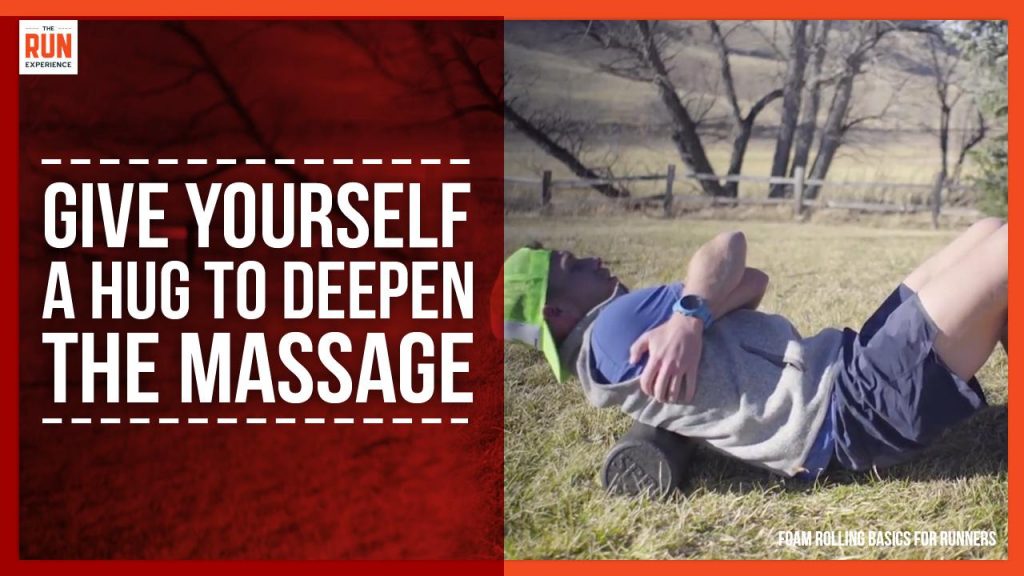We probably know we should be foam rolling, but more often than not it’s the first to go from our training routine as we get busy. So let’s talk about what exactly it means to “roll out,” how to do it, and why it needs to remain a permanent part of training and recovery!
Foam Rolling Basics: What Does Foam Rolling Do?
A foam roller is an effective, easy-to-use massage tool. Foam rolling breaks down the myofascial adhesions between muscles, which get stiff when we get sore. Rolling out our muscles also improves blood flow in the areas we roll out, which decreases recovery time and relieves soreness.
Foam Rolling Basics: Calves
We know our calves do a lot of work while we run, so let’s start there. Sit down with your legs straight out in front of you and place the foam roller underneath your lower calves or high achilles. Slowly, start to move forward, letting the foam roller roll up your calves.
Go slow enough that you can pay attention to areas that are more tense, and spend more time there. You can simply pause there and allow the weight of your legs to make things loosen up.
You can also add a bit more pressure by rolling your ankle, letting the muscle flex and relax.
If you want even more, go ahead and cross the other leg over top of the leg you’re working on, thereby adding some extra weight, and then still add in those ankle circles if you’d like.
Continue this work all the way up your calf, stopping once you reach the back of your knee. Spend about 3-5 minutes on your calves, giving any areas that feel especially tight more attention.
Foam Rolling Basics: Glutes
The glutes are where our power comes from, and they play a crucial role in stabilizing our pelvis and solidifying run form, so foam rolling there is key. Like with the calves, we’re looking for tender or tense areas to focus on.
To start, place one butt cheek on the foam roller, and then cross the foot of the side you’re on over the other leg (if you’re on your right butt cheek, cross your right foot over your left leg).
From there, start to slowly move around and find areas that need a bit more attention. Like with the calves, simply hanging out there is an effective option. For a little more, gently knead the area you’re focusing on, even using the edge of the foam roller to go deeper if necessary.
Spend about 2-3 minutes on each cheek, using the same “seek and destroy” method we employed on the calves!
Foam Rolling Basics: Upper Back
Rolling our upper back is a must, because tightness there will always negatively affect our form – the arm swing can get thrown off, or we might be arching to compensate for tightness, or we may be twisting too much as we run.
To start, lay back on the horizontal foam roller, starting it at the bottom of the rib cage. Pull your legs in so that your feet are flat on the ground, lifting your hips up off the ground to add a bit more pressure.
Start rolling slowly up and down and side to side, again just seeking tense areas and giving them attention. To deepen this, wrap your arms around yourself in a hug.
For an additional option, let your hips rest on the ground, and lay back over the foam roller, and then do some slow, small crunches over the top of it. Choose a fulcrum point that feels good around an area that needs to be loosened, and keep your range of motion minimal.
While you’re doing either of these foam rolling methods on your back, especially on your ribcage, focus on your breathing. Take a deep breath at the bottom of your crunch, or on top of an area you’re focusing on.
Foam Rolling Basics: When Should I Roll Out?
Foam roll after your training session, and/or on your off days. Foam rolling is a great tool to relax our muscles, so we want to do it at the end of a workout or on a rest day, when our muscles are done working.
Here at The Run Experience, we love to roll out while we watch TV! It does not require much focus, so it’s an easy way to be somewhat productive while we relax.
There is such a thing as “over-doing it” with foam rolling! So aim to foam roll for short amounts of time, more consistently as opposed to for a long period of time sporadically.
Foam rolling for 10 minutes or less after you train or on your off days, always seeking those areas that need a bit more love, is a recipe for happy muscles and successful training!
Author Bio:
Holly Martin is a San Francisco-based running coach and personal trainer. With a 20+ year background in dance, Holly brings a strong focus on technique and mobility to all of her coaching. Currently, she trains clients at Midline Training and Nfinite Strength, and coaches online with The Run Experience, an online training community for running training program and workouts. She loves to enjoy writing tips for running to help you become a better, stronger and injury-proof runner.


















